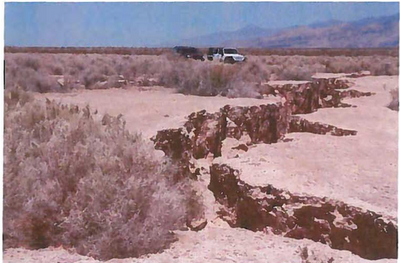BrightSource Energy Falling Short on Mitigation Measures

Biologists tried to warn BrightSource Energy not to build a massive solar project in the Ivanpah Valley -- an area with a particularly high number of the normally hard-to-find desert tortoise. The company did not listen, and the company's costly plans to "mitigate" its environmental damage may not do much to improve the recovery of this threatened species. Now that it has mowed and bulldozed nearly 5.6 square miles of prime desert tortoise habitat, the company is now responsible for nearly 400 orphaned or displaced tortoises that have survived the bulldozer blades or were born to mothers that were put in cages during construction. Several tortoises died last year after being attacked by ants in their holding pens, or after they were left wandering the construction area now devoid of any life-saving shade and burrows. In May, the company reported to the California Energy Commission (CEC) that 6 tortoises have been lost -- three of the tortoises were juveniles being he...



